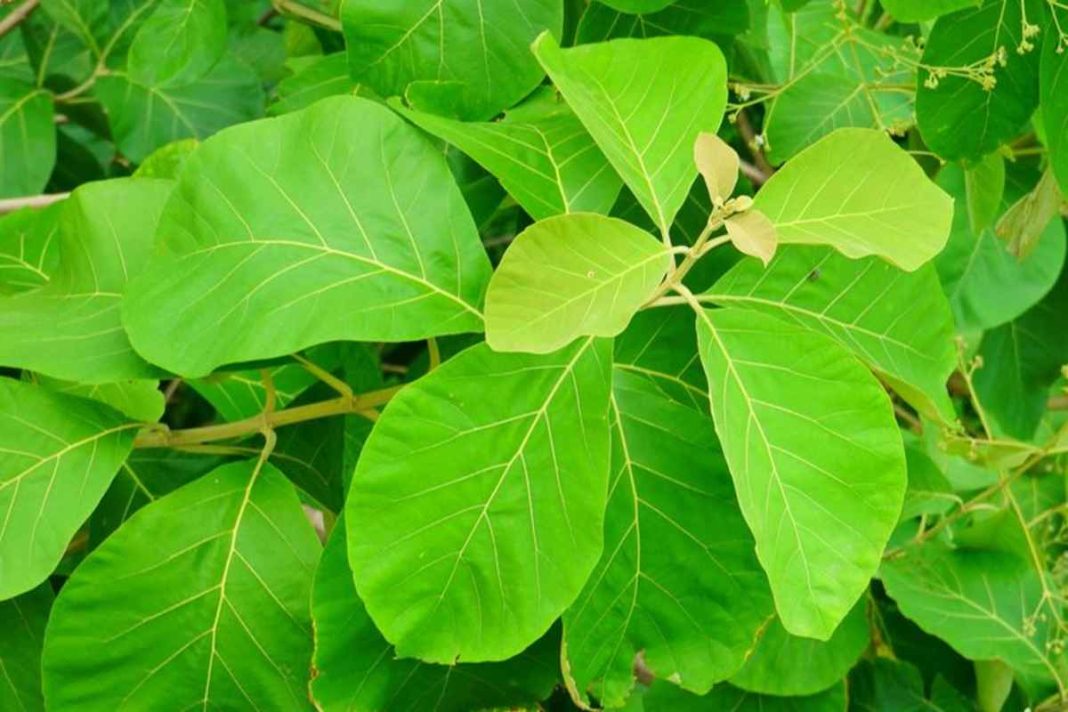With laser technology advancing rapidly, ensuring protection for human eyes and optical equipment has become a growing priority. In a remarkable development, scientists at the Raman Research Institute (RRI) have identified teak leaf extract—a commonly discarded agricultural byproduct—as a promising material for laser safety applications. This extract contains anthocyanins, natural compounds that display powerful nonlinear optical (NLO) properties when exposed to intense light.
Unlocking the Optical Potential of Teak Leaf Extract
Sourced from the Tectona grandis tree, teak leaves are typically seen as waste in agricultural processes. But beneath their reddish-brown surface lies a potent mix of pigments with remarkable optical qualities. These natural pigments have now been found to function as effective NLO materials—positioning teak leaf extract as a sustainable and eco-friendly alternative to synthetic optical components.
How It’s Made: Extracting the Optical Dye
The transformation of teak leaves into a laser-protective dye involves a multi-step extraction process:
- Drying and Grinding – Leaves are dried and ground into a fine powder.
- Solvent Extraction – This powder is soaked in solvents to draw out pigment compounds.
- Ultrasonication and Centrifugation – The mixture is further refined using these techniques to produce a high-purity extract.
The end product is a vibrant, anthocyanin-rich dye suitable for photonic experimentation.
Tested with Lasers: Validating Safety Capabilities
The RRI research team exposed the teak leaf dye to green laser light in two modes: continuous wave and pulsed. The extract exhibited a key phenomenon known as reverse saturable absorption (RSA)—a property that allows materials to absorb more light as intensity increases. This effect is critical for laser safety, enabling the dye to act as a dynamic shield against harmful radiation.
Eco-Friendly and Cost-Effective
One of the standout advantages of this innovation lies in its sustainability. Unlike conventional optical limiters, which often involve hazardous or expensive materials, teak leaf extract is biodegradable, low-cost, and non-toxic. This makes it a strong candidate for green technology solutions in the optics sector.
Looking Ahead: Real-World Applications
The possibilities for teak leaf-based optical protection are expansive. Potential uses include:
- Laser safety goggles
- Protective films for sensors
- Laser-shield coatings in industrial or medical devices
Future research may focus on improving the dye’s durability and stability, opening the door for commercial adoption. This advancement not only aims to reduce laser-related injuries but also reinforces the growing shift toward natural materials in high-tech industries.



